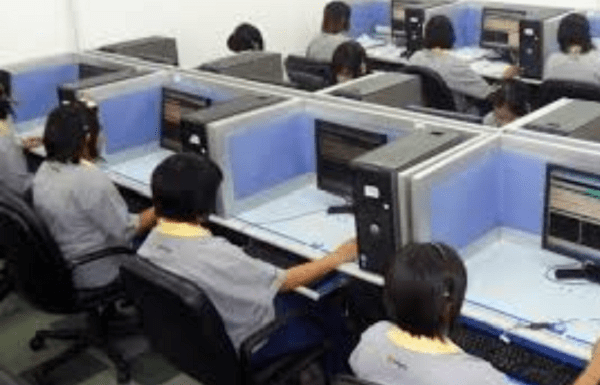
As far back as the late 18th century, Quaker clergyman William Rogers began teaching inmates at Philadelphia’s Walnut Street Jail. As one of the earliest prison reformers, he conceived of education as a means for rehabilitating criminals. The idea was unthinkable to some. The jail’s warden was so worried about the possibility of educated prisoners rioting that he had a loaded cannon aimed at the site of Rogers’ first instructional meeting. Thankfully, he didn’t have to use it.
Today, prison administrators express similar fears (sans cannons) about connecting inmates to information, citing concerns that they will abuse access to the outside to harass victims or threaten witnesses, acquire contraband, or commit new crimes online. But as research shows that education is crucial in reducing recidivism, by 13 percentage points according to one 2014 evaluation, it’s long been worth the investment. The United States saves five dollars on re-imprisonment costs for every dollar spent on correctional education.
As the outside world becomes ever-dependent on digital skills and learning at pace with technology, conventional thinking around prison education isn’t working. “The current educational model is designed for failure,” says John Sonnenberg, the former director of e-learning for Illinois public schools, who is finalizing a dissertation about technology in prison education.
It’s well known that the United States has a prison problem. The country locks up more people per capita than anywhere on earth, incarcerating some 2.3 million inmates in 102 federal prisons, 1,719 state prisons, 942 juvenile correctional facilities, thousands of local jails, military prisons, and immigration detention centers. At only 41 percent, those incarcerated are twice as unlikely as the general population to have a high school education.
From A&E, as for the current state of learning on the inside, Steven Hodas, who’s served as the executive director of the Office of Innovation at the New York City Department of Education and consulted for the Department of Justice (DOJ), knows all the pitfalls. “Remote locations make it hard, for example, to fully staff [prisons] with all of the instructors you would need if you were doing the face-to-face, old-school instructional model,” he says. That’s especially true considering the high proportion of inmates with special educational needs, and the widely varying quality of prison teachers.
Hodas highlights the frequency of security staff shortages, too: “If they’re short-handed one day … they may not be able to move the inmates to the classrooms.” Lockdowns and punishments also keep inmates from going to class. And when there, widely varying education and motivation levels cause further disruption. Thus, the “time on task,” or time actually spent learning, is very low. “You need to increase the amount of learning time that takes place,” says Hodas. “And because of logistical and personnel problems, that’s pretty much impossible in an old-school learning model.” Fixed times, rigid locations, and set curricula simply aren’t a good fit for prisons.
If there is a history to the kind of technology-integrated education needed in the United States, it begins with people like Frank Martin — and it begins small. After nearly three decades of working with youth offenders in Oregon, Martin was supposed to retire last summer. After just one day off, he took up an encore career as a consultant on technology in educational corrections.